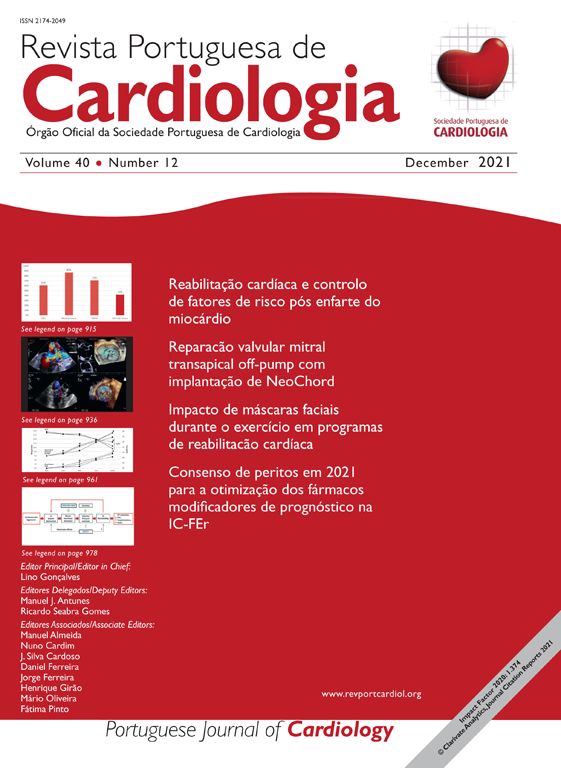was read the article
| Year/Month | Html | Total | |
|---|---|---|---|
| 2025 12 | 133 | 44 | 177 |
| 2025 11 | 201 | 47 | 248 |
| 2025 10 | 129 | 35 | 164 |
| 2025 9 | 97 | 45 | 142 |
| 2025 8 | 71 | 46 | 117 |
| 2025 7 | 60 | 32 | 92 |
| 2025 6 | 38 | 35 | 73 |
| 2025 5 | 66 | 27 | 93 |
| 2025 4 | 44 | 29 | 73 |
| 2025 3 | 42 | 23 | 65 |
| 2025 2 | 33 | 19 | 52 |
| 2025 1 | 30 | 37 | 67 |
| 2024 12 | 30 | 23 | 53 |
| 2024 11 | 12 | 10 | 22 |
| 2024 10 | 34 | 41 | 75 |
| 2024 9 | 43 | 28 | 71 |
| 2024 8 | 37 | 25 | 62 |
| 2024 7 | 47 | 28 | 75 |
| 2024 6 | 26 | 19 | 45 |
| 2024 5 | 32 | 21 | 53 |
| 2024 4 | 29 | 22 | 51 |
| 2024 3 | 24 | 18 | 42 |
| 2024 2 | 26 | 15 | 41 |
| 2024 1 | 29 | 35 | 64 |
| 2023 12 | 23 | 28 | 51 |
| 2023 11 | 24 | 21 | 45 |
| 2023 10 | 21 | 18 | 39 |
| 2023 9 | 28 | 26 | 54 |
| 2023 8 | 40 | 17 | 57 |
| 2023 7 | 54 | 10 | 64 |
| 2023 6 | 29 | 17 | 46 |
| 2023 5 | 37 | 24 | 61 |
| 2023 4 | 25 | 6 | 31 |
| 2023 3 | 47 | 25 | 72 |
| 2023 2 | 54 | 25 | 79 |
| 2023 1 | 18 | 19 | 37 |
| 2022 12 | 32 | 29 | 61 |
| 2022 11 | 45 | 28 | 73 |
| 2022 10 | 31 | 18 | 49 |
| 2022 9 | 32 | 26 | 58 |
| 2022 8 | 29 | 29 | 58 |
| 2022 7 | 44 | 31 | 75 |
| 2022 6 | 31 | 23 | 54 |
| 2022 5 | 45 | 41 | 86 |
| 2022 4 | 48 | 29 | 77 |
| 2022 3 | 53 | 36 | 89 |
| 2022 2 | 40 | 27 | 67 |
| 2022 1 | 35 | 26 | 61 |
| 2021 12 | 24 | 24 | 48 |
| 2021 11 | 41 | 25 | 66 |
| 2021 10 | 39 | 34 | 73 |
| 2021 9 | 18 | 26 | 44 |
| 2021 8 | 24 | 31 | 55 |
| 2021 7 | 14 | 25 | 39 |
| 2021 6 | 20 | 25 | 45 |
| 2021 5 | 21 | 44 | 65 |
| 2021 4 | 63 | 59 | 122 |
| 2021 3 | 42 | 22 | 64 |
| 2021 2 | 39 | 14 | 53 |
| 2021 1 | 25 | 16 | 41 |
| 2020 12 | 26 | 8 | 34 |
| 2020 11 | 36 | 15 | 51 |
| 2020 10 | 27 | 16 | 43 |
| 2020 9 | 43 | 12 | 55 |
| 2020 8 | 23 | 8 | 31 |
| 2020 7 | 40 | 8 | 48 |
| 2020 6 | 42 | 11 | 53 |
| 2020 5 | 34 | 8 | 42 |
| 2020 4 | 34 | 8 | 42 |
| 2020 3 | 36 | 7 | 43 |
| 2020 2 | 66 | 15 | 81 |
| 2020 1 | 47 | 9 | 56 |
| 2019 12 | 37 | 6 | 43 |
| 2019 11 | 30 | 7 | 37 |
| 2019 10 | 32 | 3 | 35 |
| 2019 9 | 15 | 9 | 24 |
| 2019 8 | 31 | 6 | 37 |
| 2019 7 | 25 | 10 | 35 |
| 2019 6 | 31 | 8 | 39 |
| 2019 5 | 29 | 5 | 34 |
| 2019 4 | 37 | 12 | 49 |
| 2019 3 | 91 | 12 | 103 |
| 2019 2 | 64 | 10 | 74 |
| 2019 1 | 84 | 8 | 92 |
| 2018 12 | 59 | 11 | 70 |
| 2018 11 | 111 | 12 | 123 |
| 2018 10 | 190 | 13 | 203 |
| 2018 9 | 58 | 10 | 68 |
| 2018 8 | 38 | 5 | 43 |
| 2018 7 | 27 | 9 | 36 |
| 2018 6 | 32 | 6 | 38 |
| 2018 5 | 74 | 10 | 84 |
| 2018 4 | 76 | 5 | 81 |
| 2018 3 | 124 | 18 | 142 |
| 2018 2 | 63 | 11 | 74 |
| 2018 1 | 131 | 13 | 144 |
| 2017 12 | 197 | 12 | 209 |
| 2017 11 | 31 | 19 | 50 |
| 2017 10 | 40 | 12 | 52 |
| 2017 9 | 28 | 15 | 43 |
| 2017 8 | 41 | 25 | 66 |
| 2017 7 | 55 | 25 | 80 |





